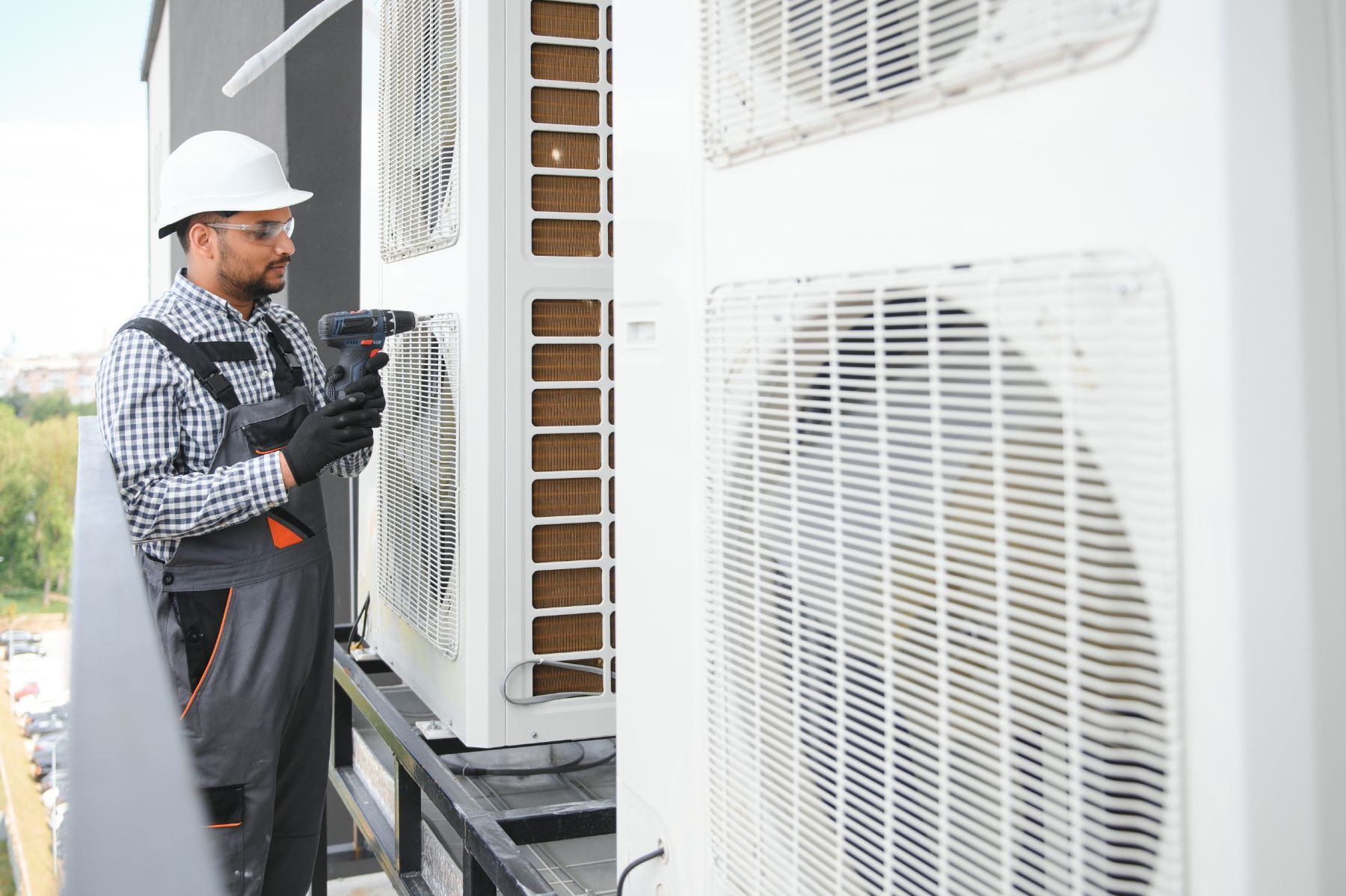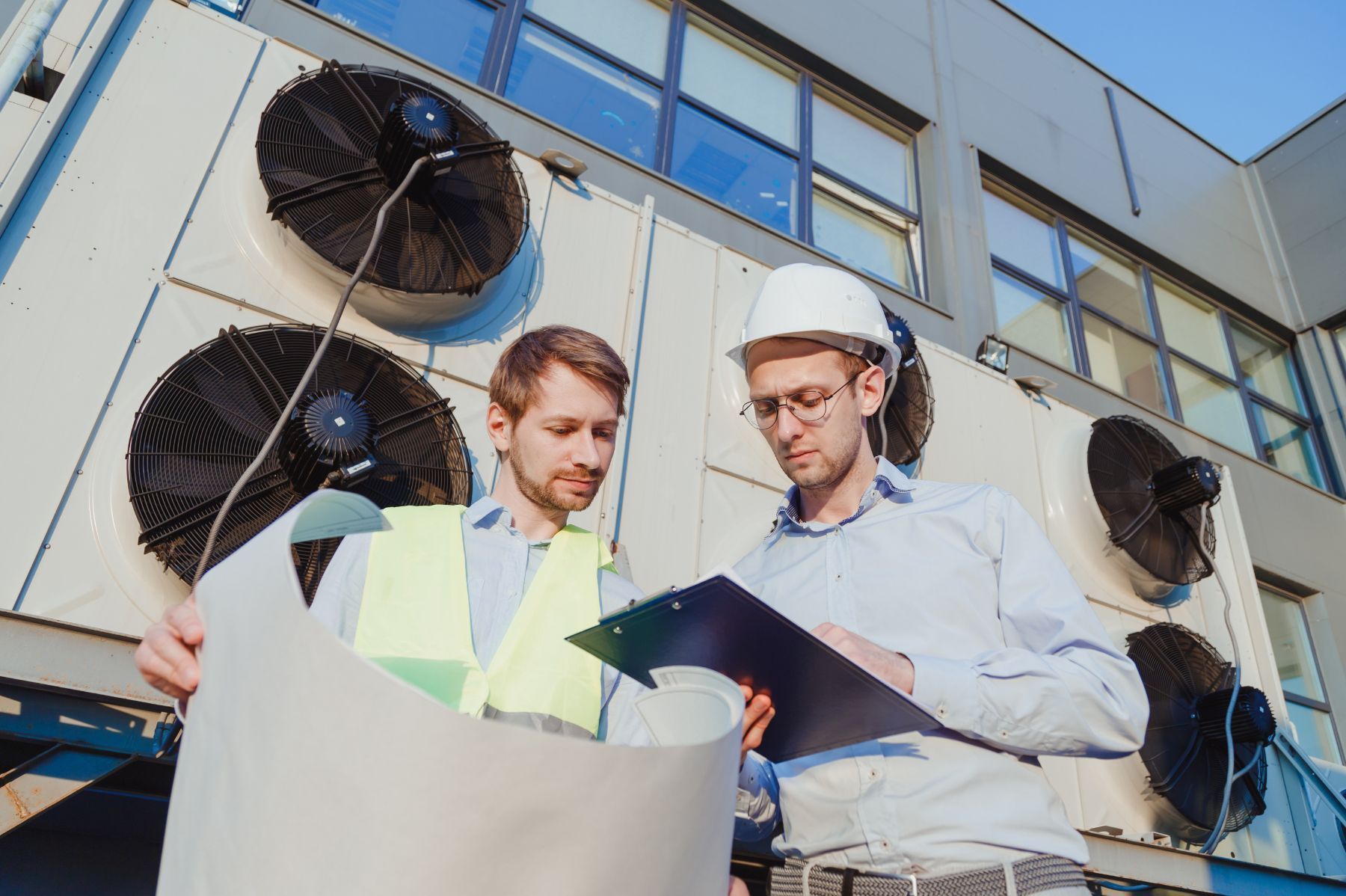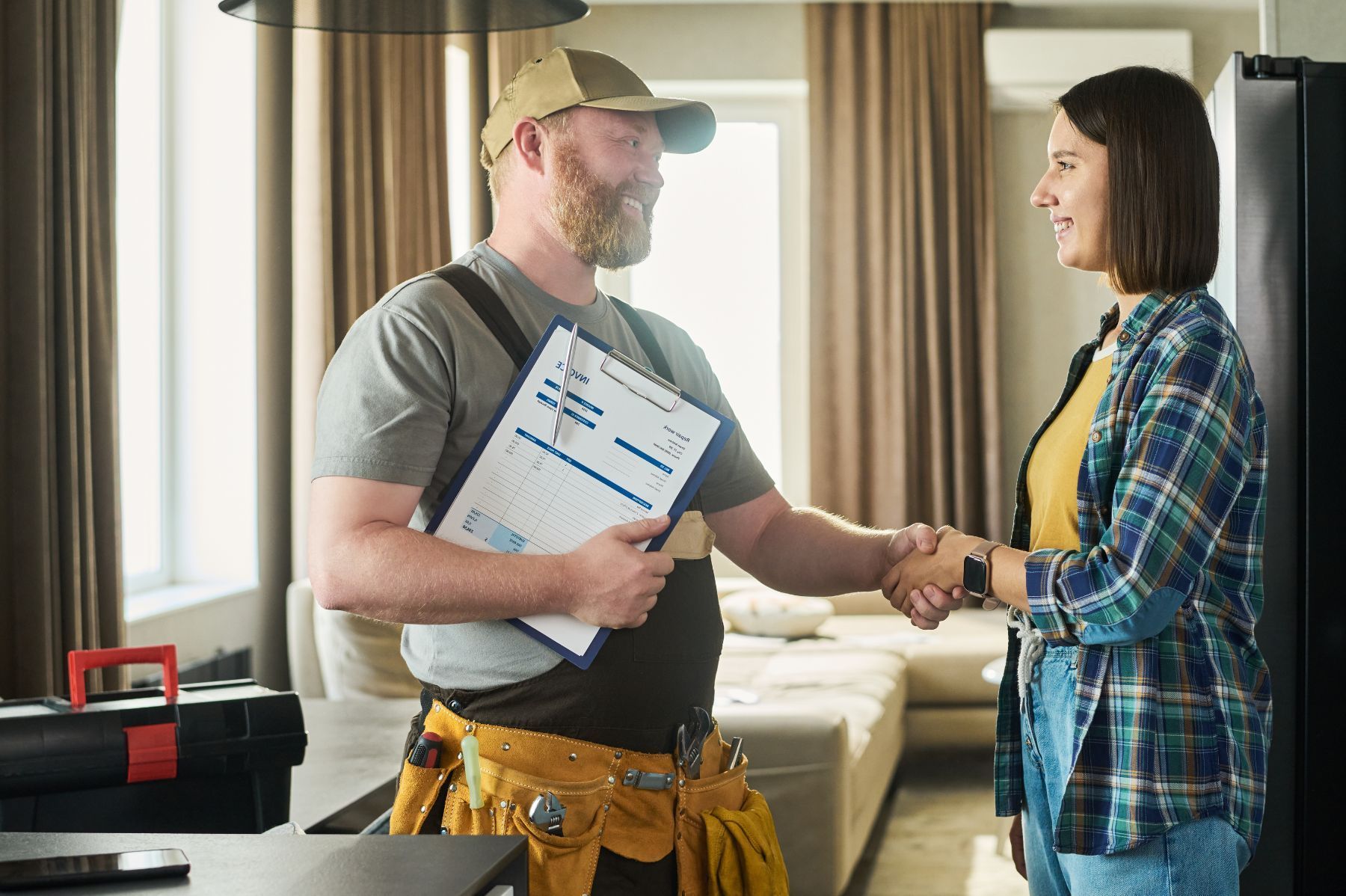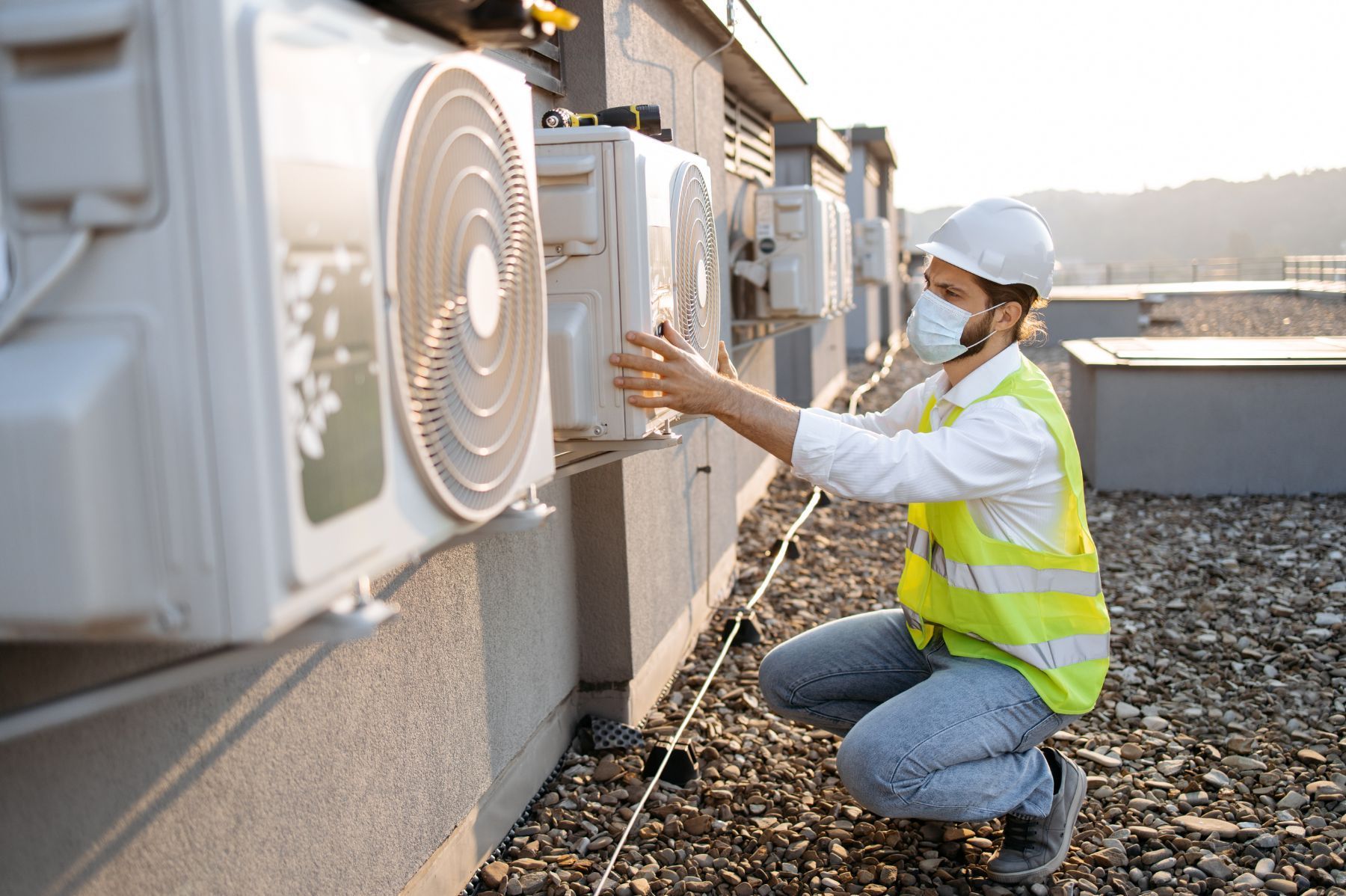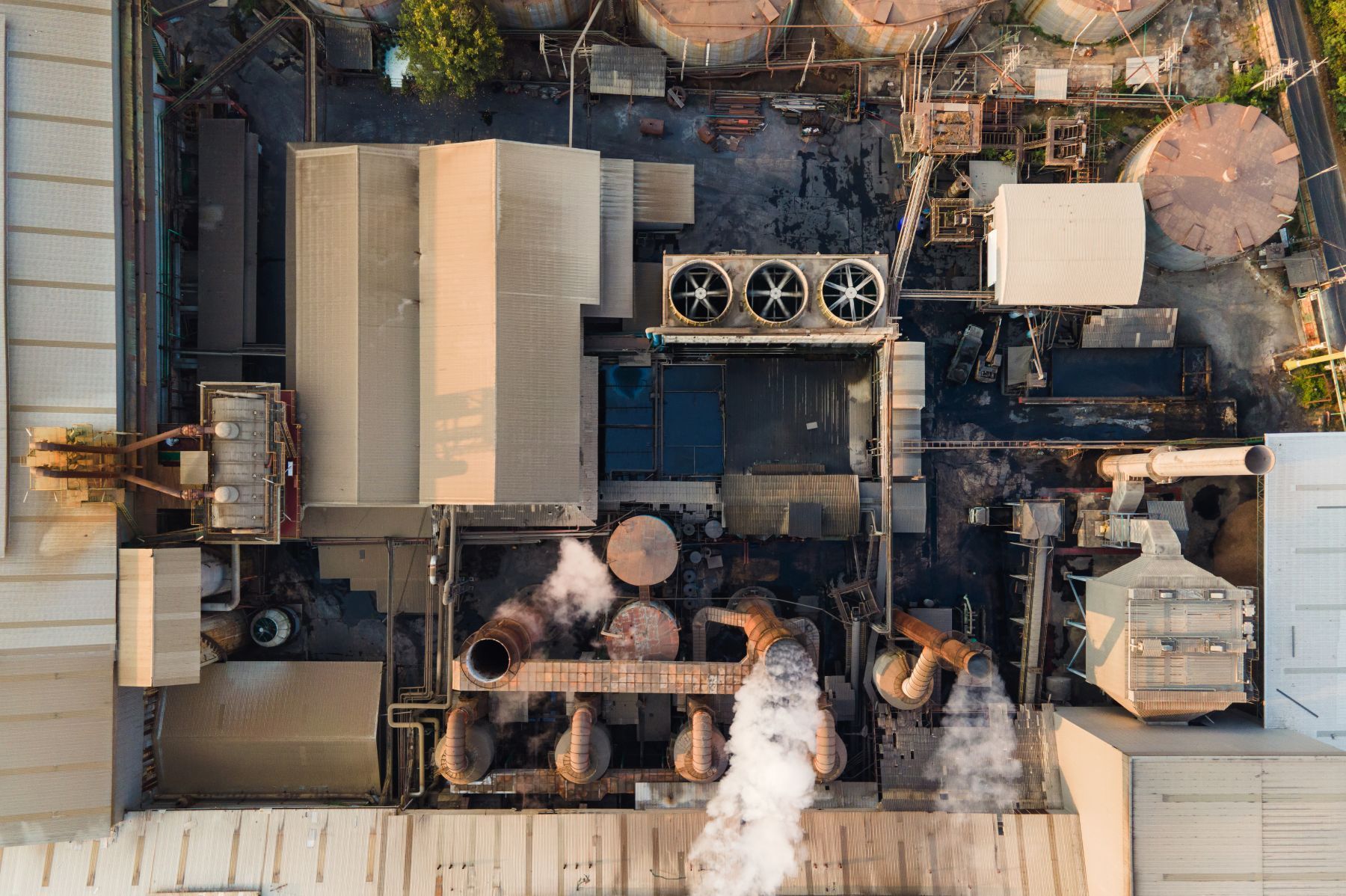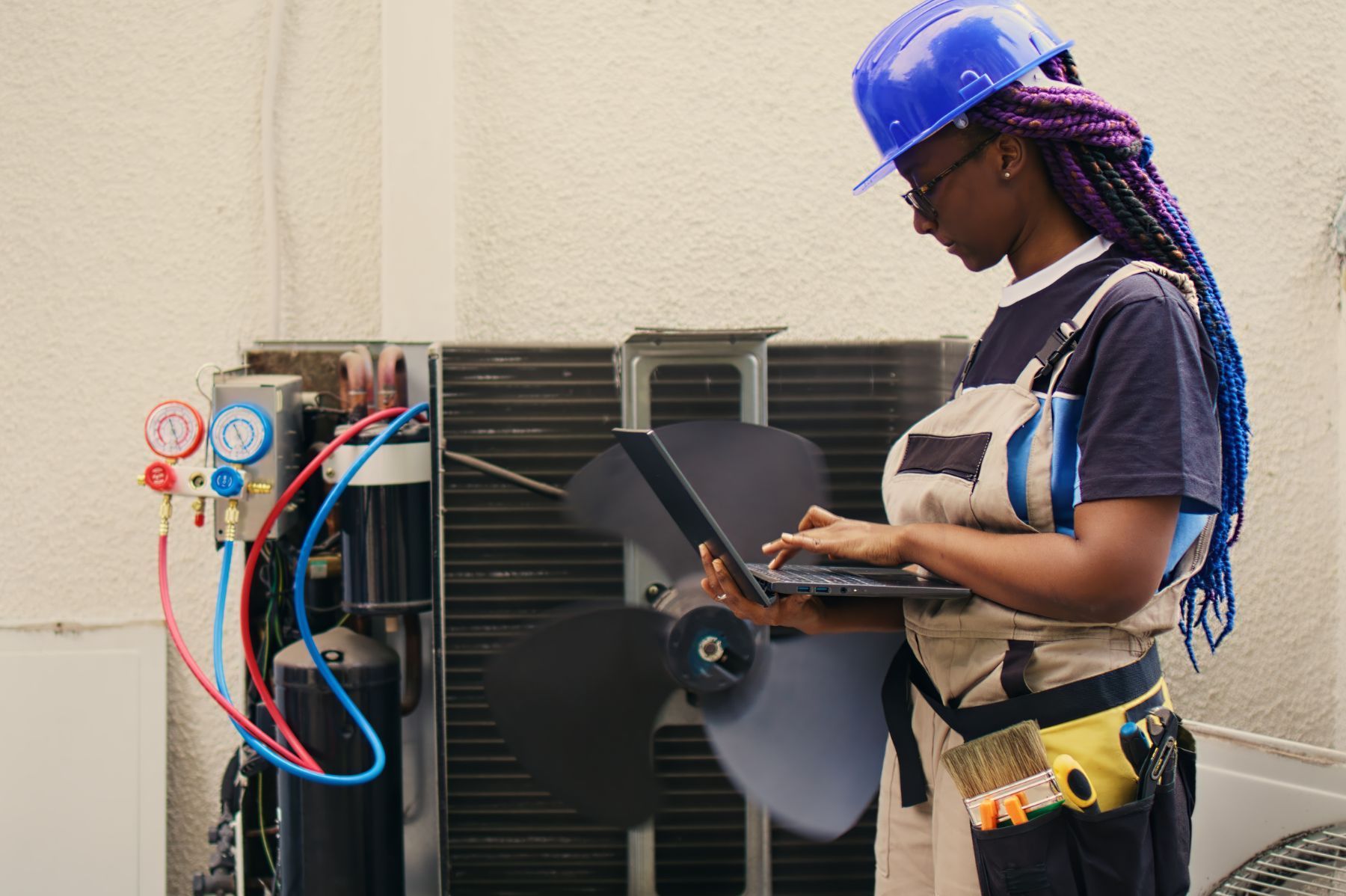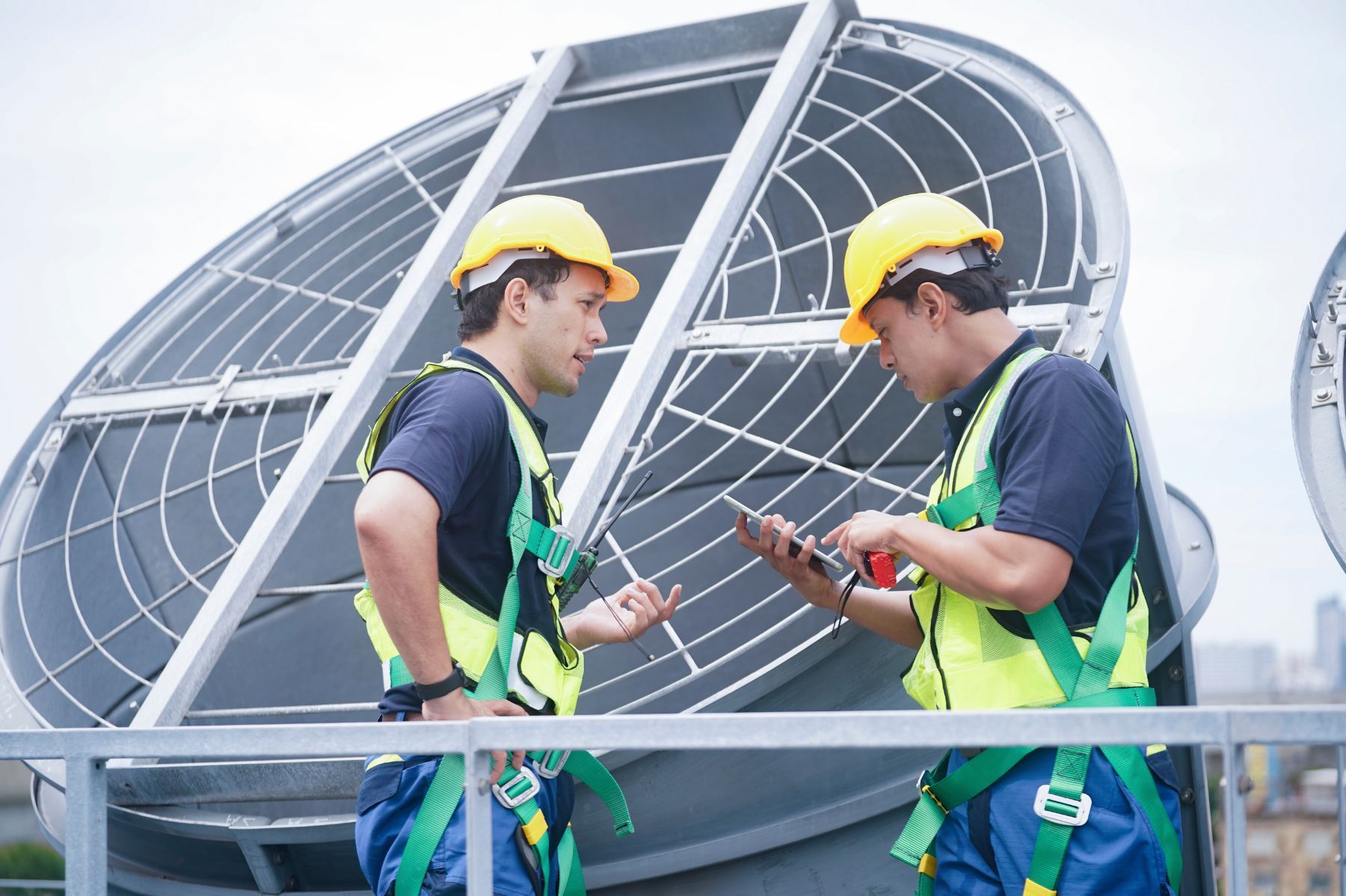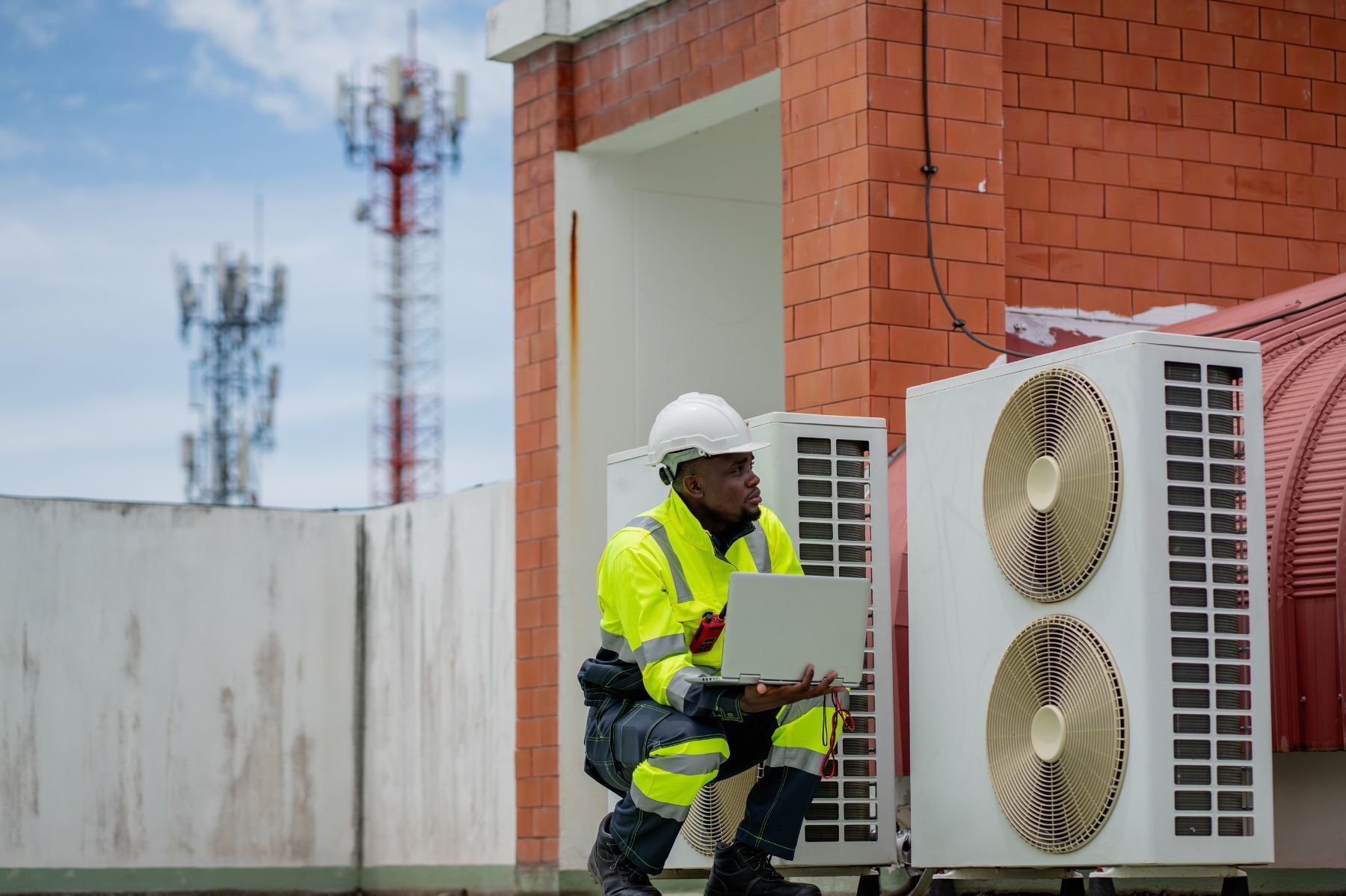How to Lower Your HVAC Insurance Premiums Without Cutting Coverage
See How We're Different
or call us: (469) 678-8001

Owning and maintaining HVAC equipment is essential for comfort and safety, but insuring these systems can sometimes feel like a costly burden. Fortunately, there are effective strategies to reduce your HVAC insurance premiums without sacrificing the coverage that protects your investment. By understanding how insurance companies calculate premiums and exploring practical ways to mitigate risks, homeowners and business operators alike can achieve significant savings.
In fact, with rising insurance costs being a widespread concern—67% of homeowners reported increased home insurance rates in 2024, although this is a slight improvement from last year’s 72%—finding smart ways to manage premiums is more important than ever according to a ValuePenguin survey. This article will guide you through actionable tips to lower your HVAC insurance premiums while maintaining strong protection.
Understand Your Policy and Increase Your Deductible
One of the most straightforward ways to reduce your insurance premiums is by adjusting your deductible. The deductible is the amount you pay out of pocket before your insurance coverage kicks in. Increasing this amount can significantly lower your monthly or annual premium costs.
For example, raising your deductible from $500 to $1,000 can reduce optional collision and coverage premium costs by 15% to 20%, according to Loretta Worters, Vice President at the Insurance Information Institute. This approach allows you to save on premiums while still retaining comprehensive coverage for your HVAC system.
However, it’s important to balance your deductible with your financial ability to cover potential repairs or replacements. If you can comfortably afford a higher deductible, this is a practical way to lower your insurance costs without compromising your policy’s overall protection.
Additionally, understanding the specifics of your insurance policy can further empower you to make informed decisions. Many policies come with various coverage options and endorsements that can be tailored to fit your needs. For instance, if you live in an area prone to natural disasters, you might want to consider additional coverage for specific risks. This not only ensures you are adequately protected but can also help you avoid unnecessary expenses in the long run.
Moreover, regularly reviewing your insurance policy can reveal opportunities for savings beyond just adjusting your deductible. Many insurers offer discounts for bundling multiple policies, such as home and auto insurance, or for maintaining a claim-free history. By staying proactive and informed about your policy, you can maximize your savings while ensuring that you have the coverage you need in case of unexpected events.
Shop Around and Compare Insurance Providers
Insurance premiums can vary widely between companies and even between states. Shopping around and comparing quotes is one of the most effective ways to find better rates for HVAC insurance. According to a ValuePenguin survey, 58% of policyholders who shopped around successfully switched providers and saved an average of $1,034 annually.
Different insurers offer various discounts and coverage options, so it pays to explore multiple companies. The Insurance Information Institute notes that companies offer several types of discounts, but not all insurers provide the same discounts or amounts across all states. This means that your location and insurer choice can have a significant impact on your premium.
When comparing policies, look beyond just the price. Evaluate coverage limits, exclusions, and customer service reputation to ensure you’re getting the best value for your money. Taking the time to research and negotiate can lead to substantial savings without sacrificing coverage quality.
Additionally, consider reaching out to local HVAC contractors or industry professionals for their recommendations on insurance providers. They often have insights into which companies are known for their reliability and customer service within the HVAC sector. This insider knowledge can be invaluable, as some insurers may specialize in covering HVAC businesses and offer tailored policies that better meet your specific needs.
Furthermore, it’s important to stay informed about the latest trends in the insurance market. Changes in regulations, advancements in technology, and shifts in consumer demand can all influence insurance offerings. Engaging with online forums or local business groups can provide you with up-to-date information and experiences from fellow policyholders, helping you make a more informed decision. By leveraging these resources, you can navigate the complexities of insurance shopping with greater confidence and clarity.
Insurance Information Institute provides a helpful overview of discounts and ways to lower insurance costs that can be applicable when shopping for HVAC coverage.
Maintain Your HVAC System to Reduce Risk
Insurance companies reward policyholders who take proactive steps to reduce the likelihood of claims. Regular maintenance and timely repairs of your HVAC system not only extend its lifespan but also lower your risk profile, which can translate into lower insurance premiums.
Ashleigh Trent, Personal Lines Director and Co-founder of Tower Street Insurance, emphasizes that “the best claim is one that never happens,” highlighting the importance of loss prevention. By scheduling routine inspections, cleaning filters, and addressing minor issues promptly, you minimize the chances of costly breakdowns or damages that could trigger insurance claims.
Additionally, maintaining your HVAC system can improve its energy efficiency and operational comfort, indirectly contributing to savings on utility bills and enhancing your overall home environment. A well-maintained system operates more efficiently, which not only helps in reducing energy consumption but also ensures that your home remains at a comfortable temperature year-round. This is particularly important during extreme weather conditions, where a reliable HVAC system can be the difference between a cozy home and an uncomfortable living space.
Moreover, regular maintenance can help identify potential hazards, such as gas leaks or electrical issues, before they escalate into more serious problems. For instance, a technician can spot a frayed wire or a malfunctioning component that could lead to a fire hazard. By addressing these issues early on, you not only protect your property but also safeguard your family’s well-being. Investing in preventive care is a smart strategy to keep insurance premiums manageable while ensuring your HVAC system remains reliable and safe.
Leverage Discounts for Retirees and Other Eligibility
Some insurance providers offer specific discounts based on demographic factors or lifestyle. For example, retired individuals often qualify for discounts due to their increased availability for home maintenance and generally lower risk profiles.
The Insurance Information Institute notes that if you are at least 55 years old and retired, you may qualify for a discount of up to 10% on your insurance premiums at some companies. These discounts recognize that retirees tend to have more time to care for their homes and reduce risk factors associated with claims.
Beyond age and retirement status, ask your insurer about other potential discounts related to security systems, bundling policies, or energy-efficient HVAC upgrades. These can further reduce your premiums without affecting your coverage.
Additionally, many insurance companies provide incentives for policyholders who demonstrate a commitment to safety and risk reduction. For instance, installing a monitored security system or smoke detectors can lead to further discounts. These measures not only enhance the safety of your home but also signal to insurers that you are proactive in minimizing potential hazards, which can translate into lower premiums.
Moreover, some insurers offer discounts for members of certain organizations or associations, such as alumni groups or professional organizations. If you belong to any such group, it’s worth inquiring whether they have partnerships with insurance providers that could lead to additional savings. These affiliations can often unlock exclusive deals that are not available to the general public, providing further financial relief as you navigate your retirement years.
Consider Energy Efficiency and Technological Upgrades
Upgrading your HVAC system with energy-efficient technology not only reduces your utility bills but can also positively influence your insurance premiums. While insurance companies primarily focus on risk factors, improvements that reduce the likelihood of system failures or hazards can lead to lower premiums.
A recent study by Zhiyu An, Xianzhong Ding, and Wan Du demonstrated that advanced methods save 68.4% more energy and increase human comfort gain by 14.8% compared to traditional approaches. While this research focuses on energy efficiency, the underlying principle applies: modern, well-maintained HVAC systems are less prone to failures and costly repairs.
By investing in smart thermostats, high-efficiency units, and regular system upgrades, you can enhance your home’s comfort and potentially qualify for insurance discounts or lower premiums due to reduced risk.
This study offers insight into how energy-saving HVAC technologies can improve system performance and comfort.
Moreover, the integration of smart technology into HVAC systems allows homeowners to monitor and control their energy consumption more effectively. For instance, smart thermostats can learn your schedule and adjust heating and cooling patterns accordingly, ensuring that energy is not wasted when you are away from home. This not only contributes to energy savings but also enhances the overall efficiency of your HVAC system, leading to a longer lifespan and fewer repairs.
In addition to smart thermostats, consider exploring other technological advancements such as variable speed motors and advanced filtration systems. These innovations can significantly improve air quality and system efficiency. Enhanced air filtration can reduce allergens and pollutants, creating a healthier living environment, while variable speed motors can adjust airflow based on demand, ensuring that your home remains comfortable without excessive energy use. Such upgrades not only bolster your home's energy efficiency but also contribute to a more sustainable lifestyle, aligning with broader environmental goals.
Be Prepared for Nonrenewal and Rate Increases
Insurance markets can be volatile, and some policyholders face nonrenewal notices or premium hikes. According to ValuePenguin, 25% of policyholders received nonrenewal notices in 2024, up from 19% the previous year. This trend underscores the importance of staying proactive in managing your insurance coverage.
To avoid surprises, keep your insurer informed about any upgrades or maintenance related to your HVAC system, and regularly review your policy terms. If you receive a nonrenewal notice, use it as an opportunity to shop around and compare new quotes to find better coverage at competitive rates.
Being proactive and informed helps you maintain continuous coverage without gaps and avoid unnecessary premium increases.
Additionally, understanding the factors that contribute to rate increases can empower you as a policyholder. Insurers often adjust rates based on claims history, local market conditions, and even broader economic trends. For instance, if your area has experienced an uptick in natural disasters or crime rates, you might see a corresponding rise in your premiums. Staying informed about these external factors can help you anticipate potential changes and adjust your coverage accordingly.
Moreover, consider engaging with your insurance agent or broker regularly. They can provide insights into market trends, recommend coverage adjustments, and help you navigate the complexities of your policy. Building a strong relationship with your insurer can lead to more personalized service and potentially better rates, as they may be more inclined to offer favorable terms to long-term clients who demonstrate a commitment to maintaining their properties.
ValuePenguin’s survey highlights the importance of vigilance in today’s insurance landscape.
Conclusion: Smart Choices Lead to Savings
Lowering your HVAC insurance premiums without cutting coverage is achievable through a combination of smart financial choices, risk management, and proactive maintenance. Increasing your deductible, shopping around for the best rates, maintaining your HVAC system, and leveraging available discounts are all effective strategies.
With insurance rates rising for many homeowners, these approaches not only help protect your HVAC investment but also keep your insurance costs under control. Staying informed and engaged with your insurance provider ensures you get the best value while maintaining comprehensive protection.
By taking these steps, you can enjoy peace of mind knowing your HVAC system is well-covered without overpaying on premiums.

